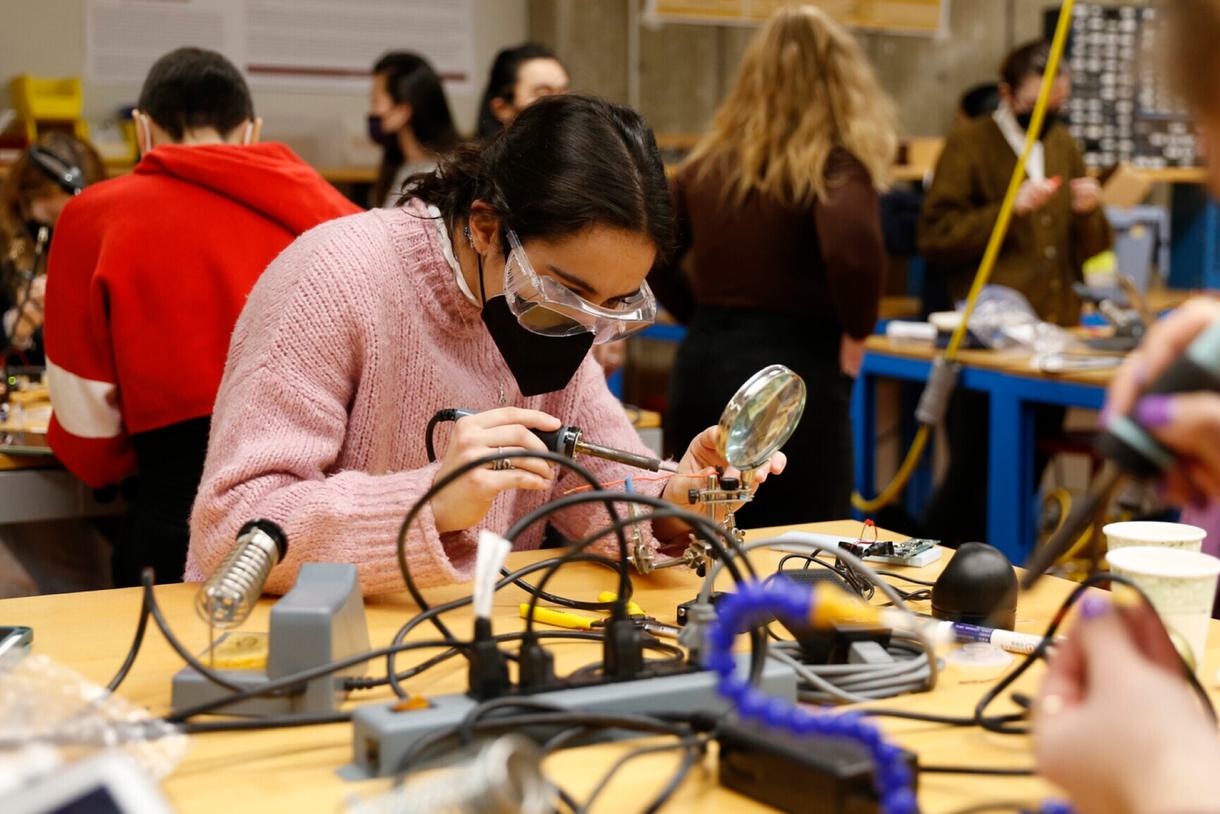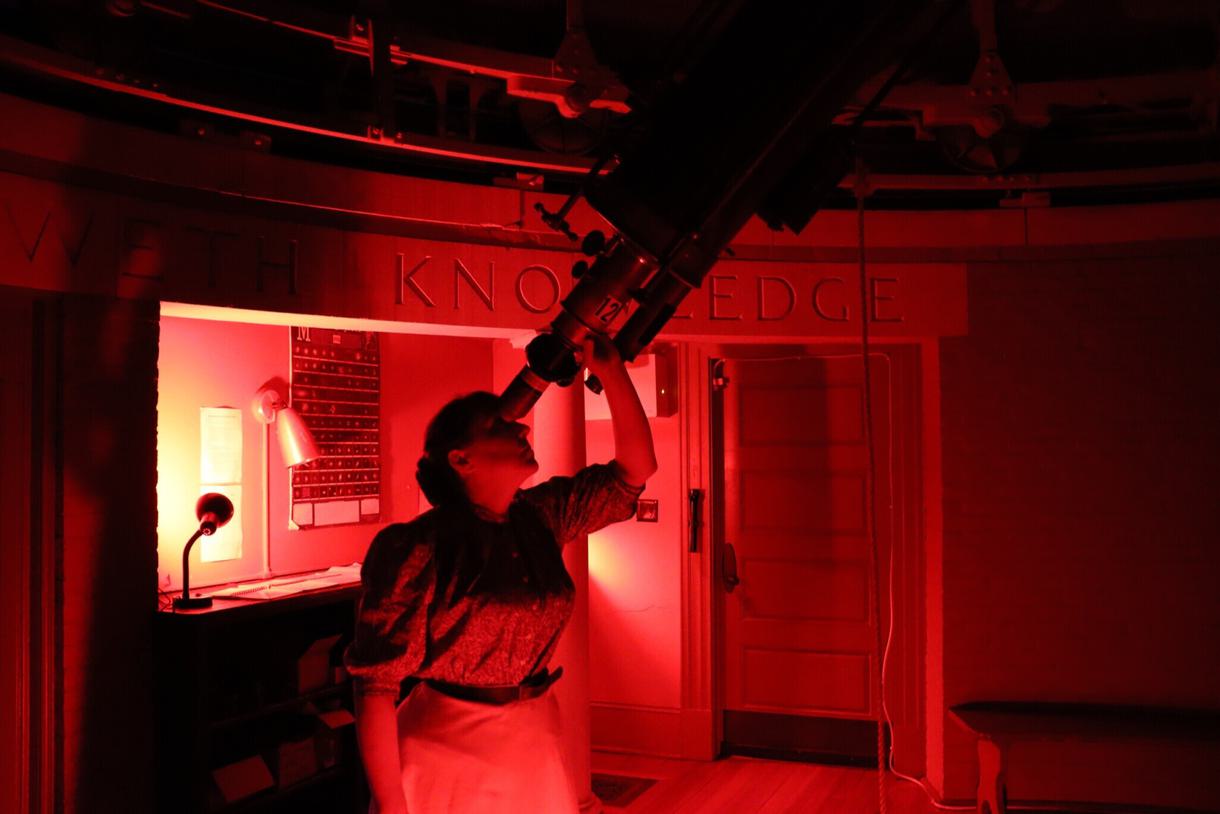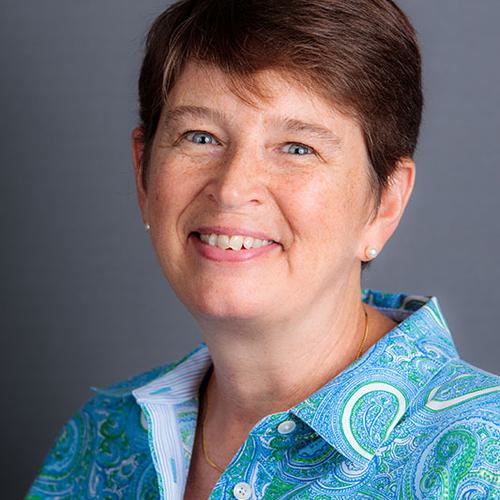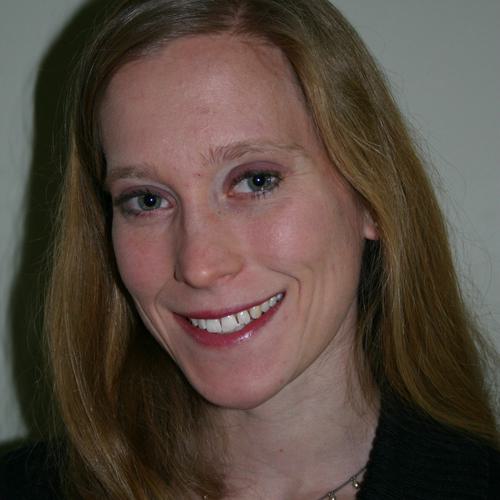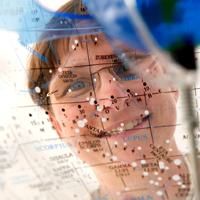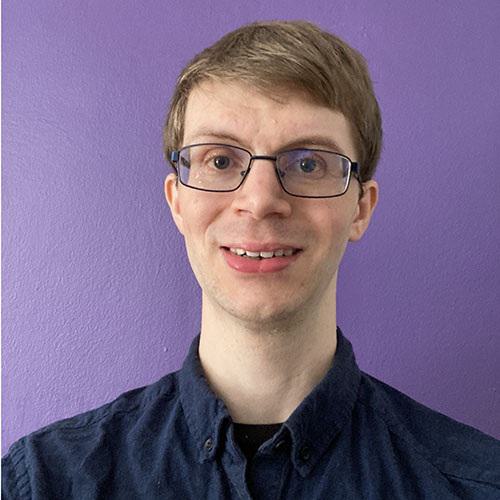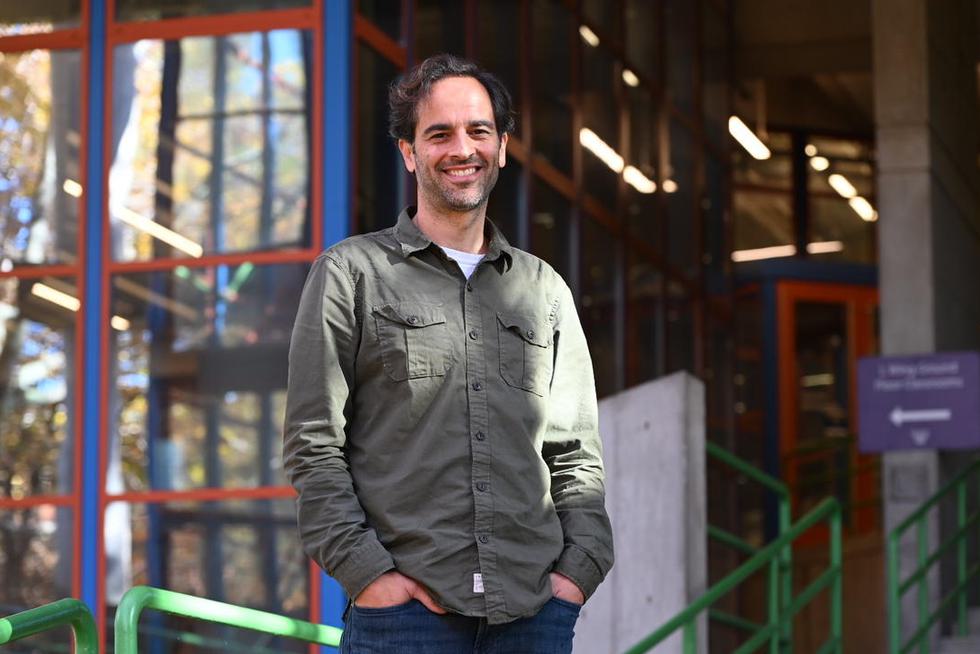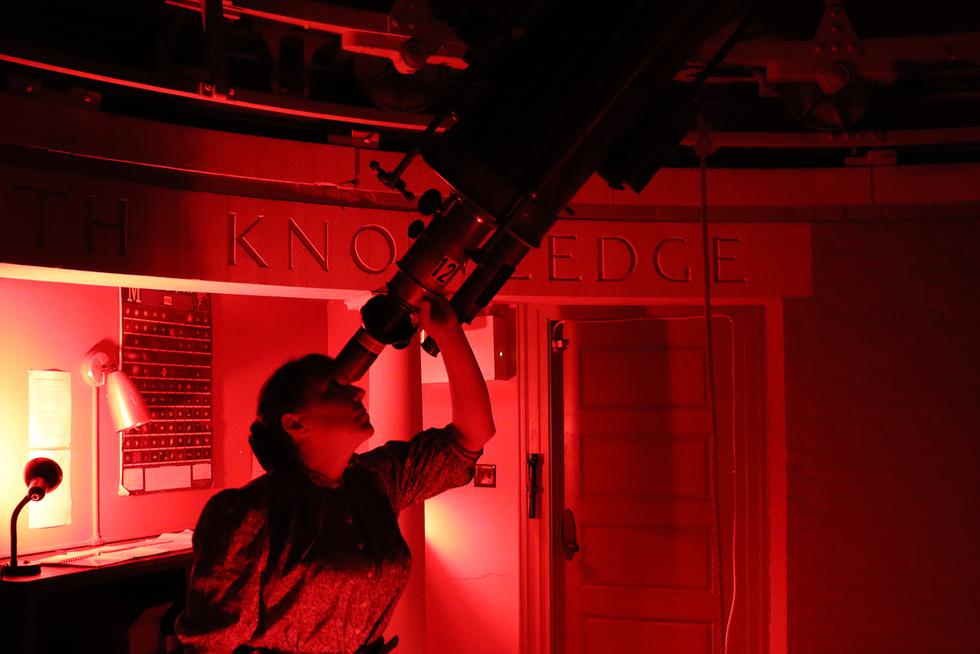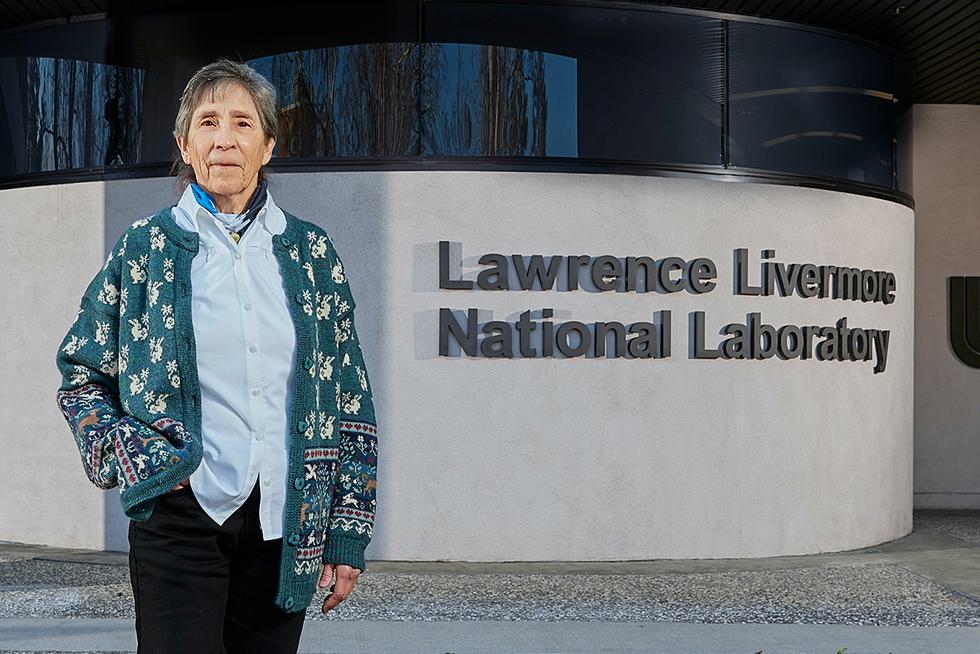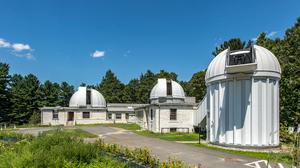Physics and Astronomy
Academic Department Introduction
We investigate the large- and small-scale workings of the universe—from atoms, nuclei, and elementary particles, to planets, stars, and galaxies. We search for unifying principles underlying nature’s diverse phenomena. Our astronomy program serves the novice stargazer as well as committed majors.
Wellesley was the second college in the nation to open physics research laboratories for undergraduates. Our world-class resources include the Whitin Observatory, considered an unusually fine facility for undergraduate training. Our majors are uniquely equipped to challenge the status quo in astronomy and physics, not just because of their courses and activities, but because their collaboration with classmates creates an appealing and nourishing environment for work and learning.
Learning goals
Use theoretical, experimental, mathematical, and computational skills acquired in the classroom to solve problems in the real world and to model physical phenomena.
Develop basic scientific and physical reasoning and probleming solving abilities through contextualization, approximation, analysis, and reflection.
Cultivate research skills through work inside and outside the classroom, both independently and through collaboration with others.
Programs of Study
Physics major and minor
Students will be able to explain the basic natural laws of the universe within the fields of classical mechanics, electromagnetism, quantum mechanics, and thermodynamics and statistical mechanics, and recognize the interrelated nature of these fields. Students have the option to major in chemical physics or create an interdisciplinary major with courses at Wellesley, Olin College, and MIT.
Astrophysics major and astronomy major and minor
Students will be able to apply an astronomer’s toolkit based on the properties of light, matter, and gravity to understand the life stories of planetary worlds, planetary systems, stars, galaxies, and the origin and fate of the universe. They will conduct their own observations at Whitin Observatory and learn to interpret astronomical data using physical and mathematical models.
Course Highlights
This course is the entry point for students interested in exploring physics as a possible major or as a foundation for other sciences. It presents, at an introductory level, two fundamental developments at the heart of contemporary physics: quantum physics and Einstein’s theories of relativity. Relativity profoundly alters our understanding of the nature of space and time; quantum physics revolutionizes our knowledge of the world at the smallest scales. We will introduce and develop the core principles of these two theories, and explore their implications and practical consequences. No prior experience with physics is required.
-
The 21st-century Universe is weirder than 20th-century astronomers could imagine: its matter is mostly dark, the effects of dark energy dominate its evolution, and it is expanding at an accelerating rate. The galaxies in our Universe come in all shapes, sizes, and colors; they are cocooned in dark matter envelopes and harbor monster black holes at their centers. This class will explore what we think we know about our Universe's makeup, history, and fate. We will develop some of the basic laws of physics necessary to understand theoretical cosmology and galaxy evolution and apply them to the interpretation of modern observations.
-
Modern Materials
PHYS331
Optical and electronic materials, ranging from solar cells to superconductors, are central to our modern lives and will be crucial in solving the technological challenges of our future. For students interested in engineering applications of fundamental physics phenomena, this interdisciplinary course will introduce the science behind the development of modern materials and devices. Through hands-on projects, students will explore the development of optical and electronic materials from their atomic origins, to their implementation in semiconductor devices, and finally their long term environmental impact. This course connects topics often covered in separate physics, chemistry, and engineering courses. Previous experience with concepts from introductory physics is strongly recommended. (CHEM 305 and PHYS 331 are cross-listed courses.)
Places and spaces
-
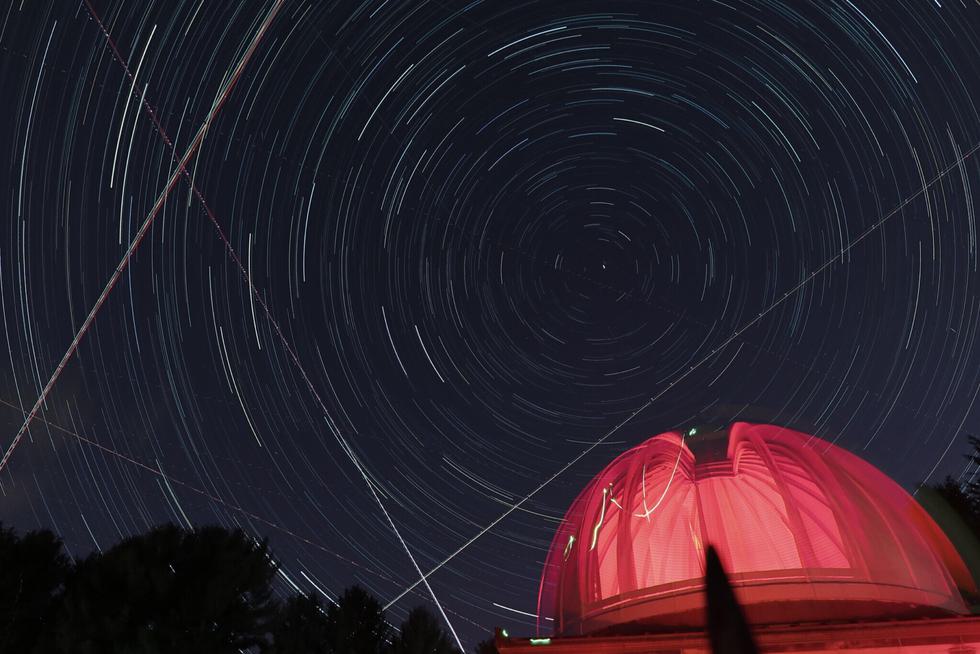
Whitin Observatory. The observatory houses classrooms, astronomy laboratory facilities, the Astronomy Library, faculty offices, and the ASTRO Club. Nearly every clear night, our telescopes are used for teaching activities and research. Periodically, the observatory is open to the public.
-
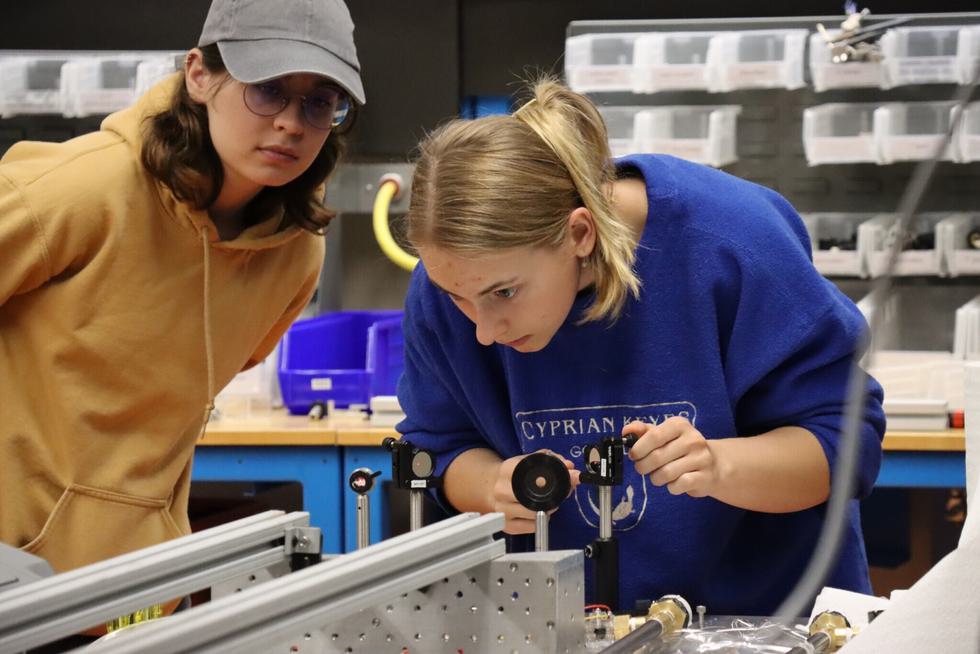
Laser lab. The laser lab is used for single-photon experiments that highlight important properties of quantum mechanics and quantum interference. We are proud to be one of the few undergraduate physics departments to run these types of experiments.
-
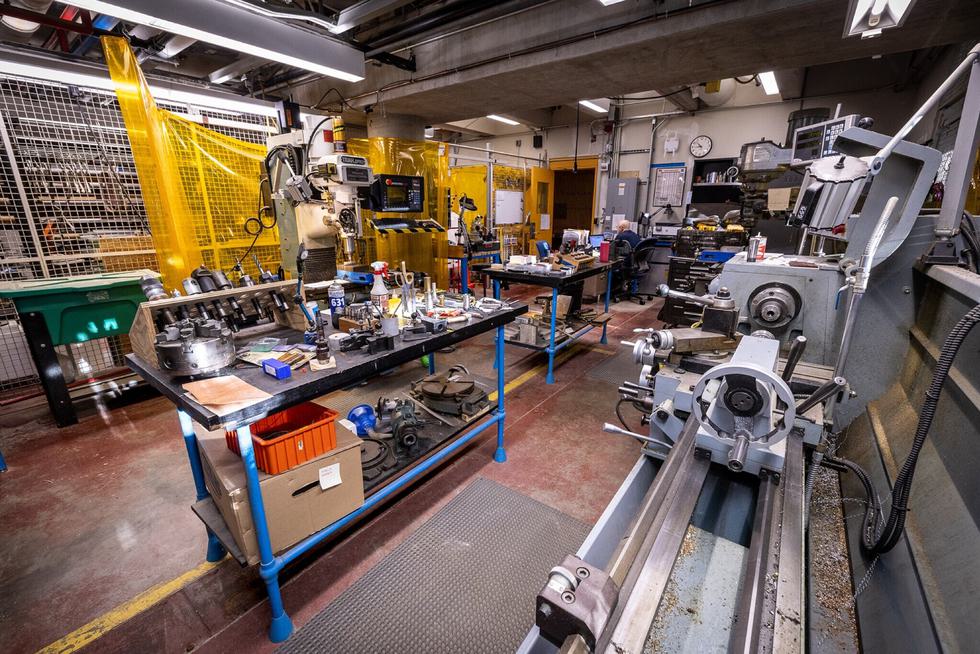
Mechanical shop. The shop supplies precision metal parts, instruments, and tools for a variety of projects and needs, from the College’s MRI machine to substrate sample and photodiode holders. Physics and engineering students learn to use hand tools and machinery as well as the engineering laser and 3D printers.
-
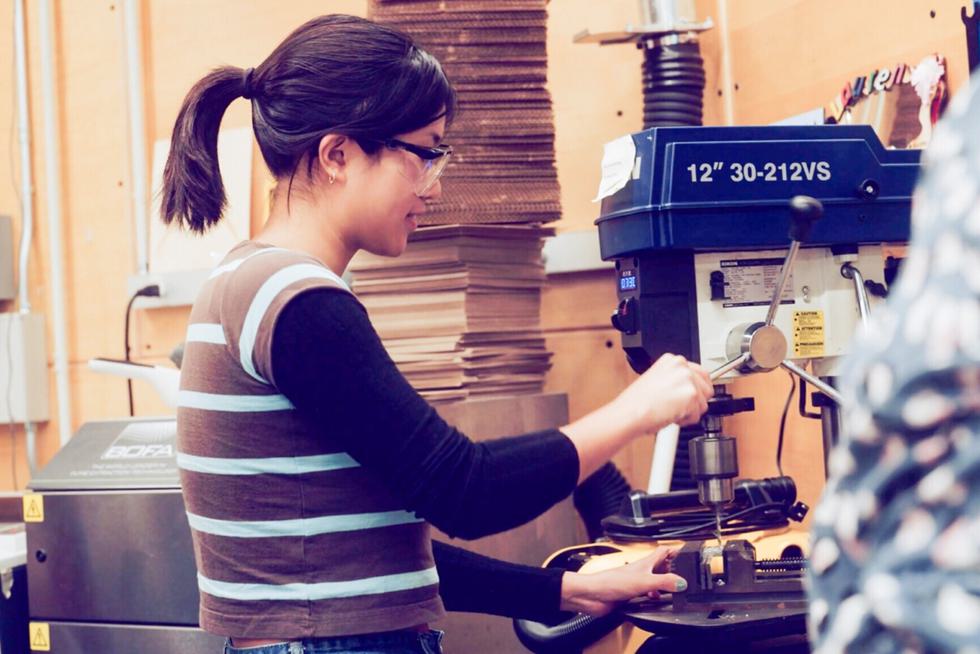
We-Lab. The Wellesley-Engineering Lab offers professional-grade tools and machinery for hands-on learning and rapid prototyping, including 3D printers, a laser cutter, and electronic tools and components.
Research highlights
-
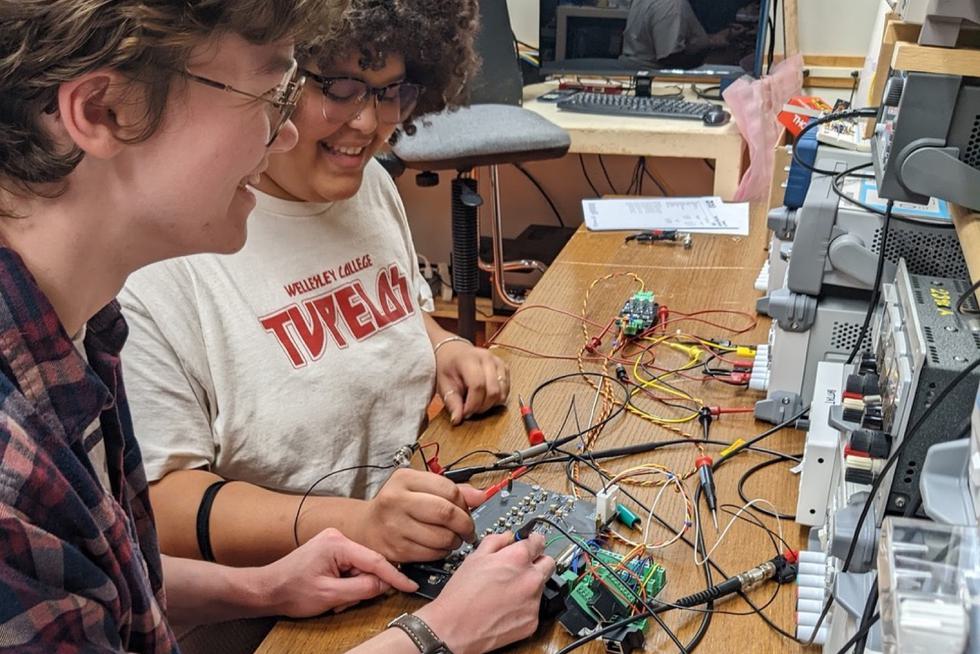
Professor James Battat is an experimental particle physicist focusing on rare event detection. He currently builds new neutrino detection technologies to enable precision measurements of neutrino properties, possibly transforming our understanding of neutrinos and their role in the universe.
-
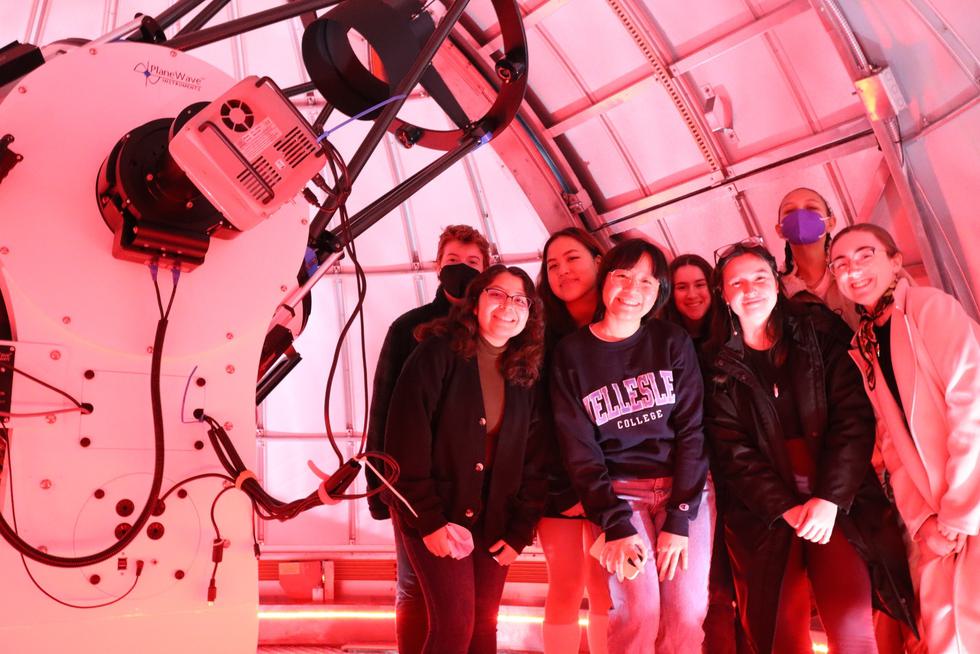
Professor Kim McLeod and her students use Wellesley’s very own telescope to hunt for transiting exoplanets. When a planet’s orbit is aligned just right, each time it circles its host star it blocks a tiny fraction of the star’s light as seen from Earth (and Wellesley!). They have helped discover several extremely hot, inflated planets like KELT-18b as part of the KELT team, and are now part of the follow-up team for the TESS satellite.
-
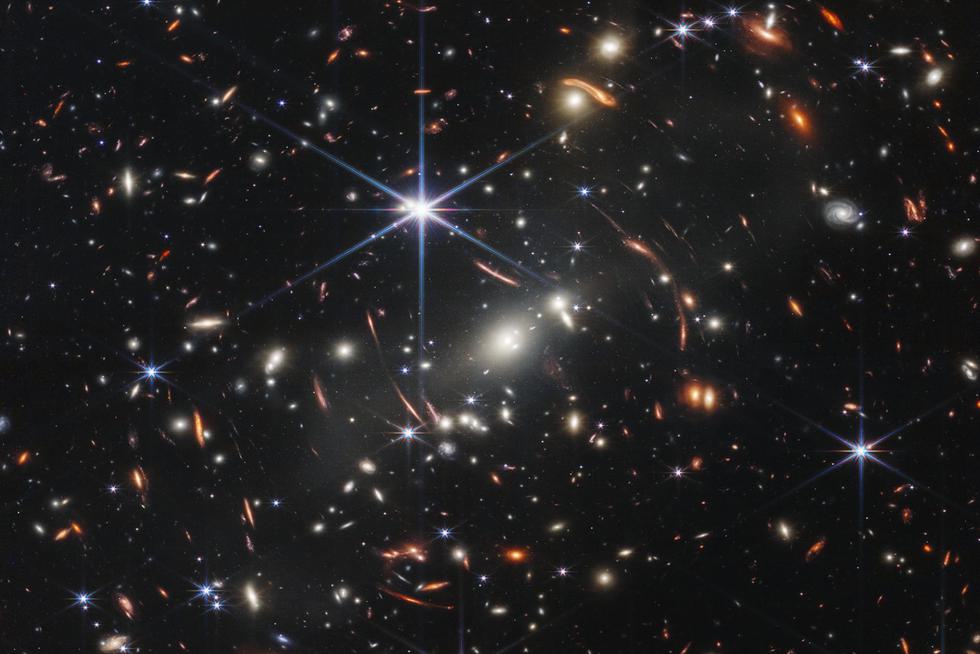
Professor Lamiya Mowla is part of several teams analyzing early data from the James Webb Space Telescope. Their seminal discovery of the Sparkler Galaxy opens the possibility to study the growth of galaxies and their parent halos. Photo credit: NASA ESA CSA STScI
-
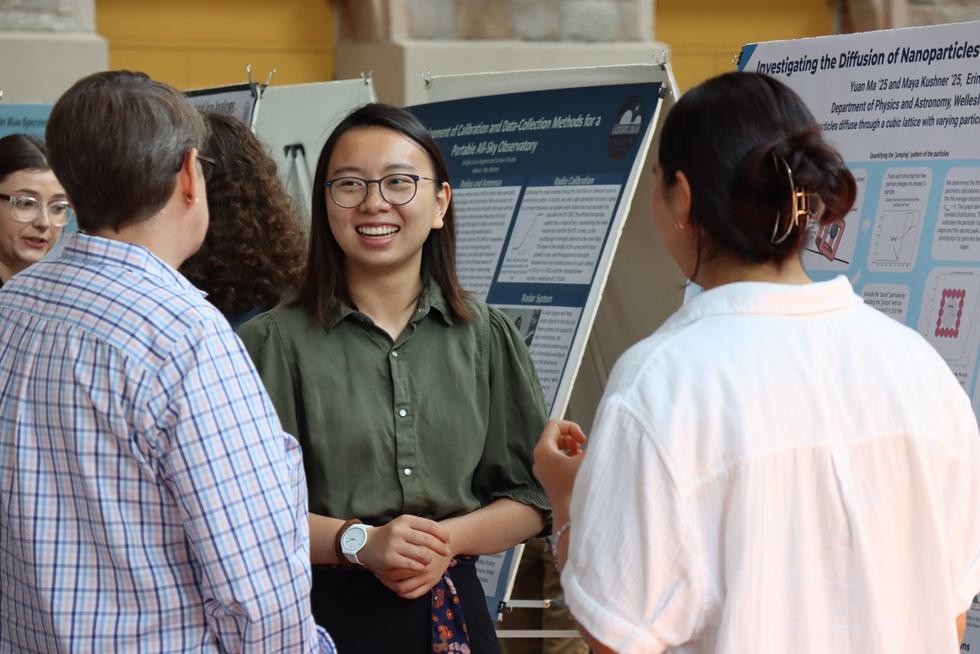
Professor Erin Teich’s lab focuses primarily on phenomena within soft matter physics, a realm in which (usually) squishy materials, susceptible to thermal fluctuations, often display startling self-organization or other emergent behaviors. Students use numerical simulation, statistical physics, and network science to create and explore models of these materials, ultimately in a quest to design new soft and responsive materials.
Opportunities
-
Society of Physics Students
A central feature of our departmental community, SPS organizes social events as well as panels on topics such as finding summer research opportunities, applying to graduate school (and what it’s like once you get there), and career paths for physics majors.
-
ASTRO Club
Open to astronomy enthusiasts at all levels, ASTRO Club meets for recreational observing, astrophotography, and other activities. The club organizes periodic evening events for the Wellesley community and members of the public to stargaze with our historic telescopes.
-
Student voices
Student representatives attend our department meetings. Student interns advise faculty and help organize diversity, equity, and inclusion events within the department.
-
Research
We offer research and independent-study opportunities to students starting in their first year. Previous research experience is not a requirement, and all are welcome.
-
Observatory jobs
Students learn to operate our historic and modern telescopes and serve as nighttime lab assistants, research assistants, and tour guides. They then can carry out research under the direction of Wellesley faculty and, during the summer, with faculty at other schools within the Keck Northeast Astronomy Consortium.
-
Peer support
While all of our courses are taught by faculty members, our introductory courses include learning assistants: sophomore, junior, and senior majors who have taken a course on best practices for active learning and inclusive teaching. This type of peer-to-peer learning and support has proven highly valuable to both the learning assistants and the students in their classes.
Beyond Wellesley
Beyond Wellesley
The College averages about 10 astronomy and astrophysics majors and 18 physics majors per year. We are the leader among U.S. liberal arts colleges in conferring bachelor’s degrees in physics to women, according to the American Institute of Physics’ Statistical Research Center. Our graduates succeed in a variety of careers, including research, academia, medicine, technology, and engineering, as well as fields outside of science.
Recent Employers






Department of Physics and Astronomy
106 Central Street
Wellesley, MA 02481
